Root: A Robot to Teach Coding
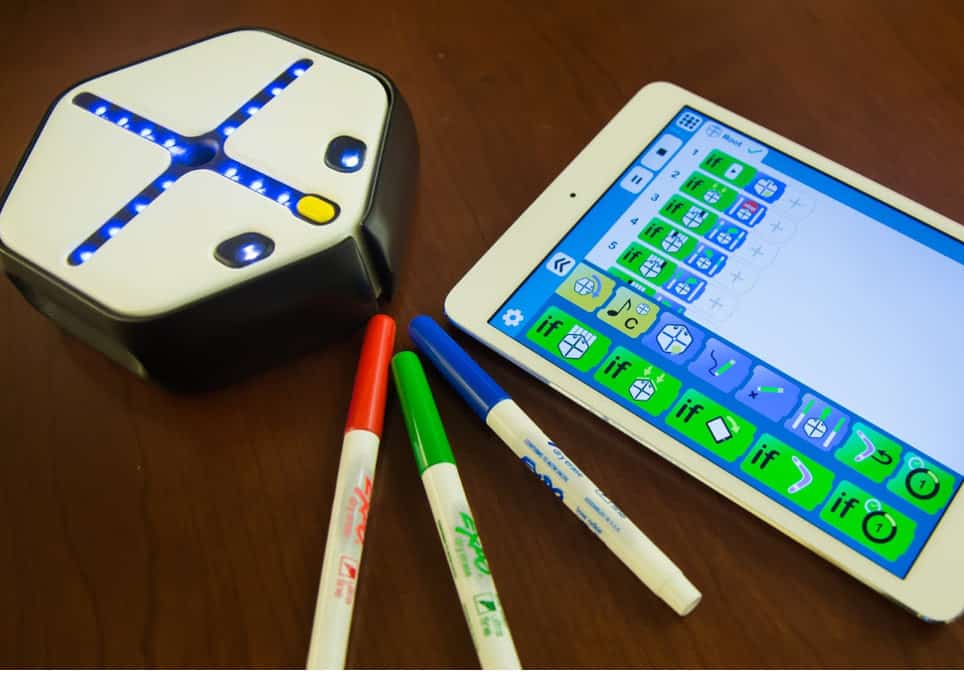
“We have a big problem in our country. Nine out of 10 parents want their kids to learn computer science, but only one out of 10 elementary schools actually teach it. This leaves 58 million kids stuck in the middle not knowing how to get a computer science education.” – Zee Dubrovsky, CEO of Scansorial.
Incubated at Harvard, Root (#codewithroot) is a robot that teaches kids to code and reinforces computational thinking.
The little hexagon climbs whiteboards and traverses tables. You can program Root to move, turn, draw, erase, scan colors, play music, light up, sense touches, feel bumps, detect magnetic surfaces, perceive light and respond to sensors in your phone or tablet. The interplay with the environment is orchestrated with code.
Root is the first product of Scansorial, a public benefit corporation “on a mission to make coding accessible for learners of any age.” They’ve raised over $144,000 of their goal of $250,000 on a Kickstarter campaign–and only have 15 days left.
Zivthan Dubrovsky (seen below at ASU/GSV) led the product development team at the Wyss Institute for Biologically Inspired Engineering at Harvard. The institute develops bioinspired technologies that will bring about positive near-term impact worldwide. Recent projects include an implantable cancer vaccine, biodegradable plastic, high-density information storage in DNA and super strong biomaterials, just to name a few. Team Wyss has filed 1,666 patents and spun out 15 startups.

Root Square is the programming language. It’s simple but powerful for coders of all ages and backgrounds. It allows coders to experiment with loops, events and complex behaviors.
Seth Beute, principal of Phoenix Coding Academy, bought them after the first meeting. He thinks Root is a great program.

The little Root robot uses the magnetism of a whiteboard to defy gravity and make activities more social. Don’t have a white board? A piece of paper will do. By drawing and erasing lines on a board or paper, students can create a maze or racetrack in seconds.
Meet Root: The Robot that Brings Code to Life from Wyss Institute on Vimeo
The Root programming interface has three levels:
Level 1 is for beginners (even pre-readers). Colored blocks reinforce basic “if this, then that” steps. It teaches events, sequences, loops, states, functions, priorities, timing, program stepping and debugging.

Level 2 introduces more advanced flow control statements like when, repeat, and if-then-else, in order to foster computational fluency. It teaches variables, sensor values, units, arithmetic operations, recursion and parallelism.

Level 3 (in testing now) is a fully text-based interface that takes programmers to professionally used languages including Python, JavaScript and Swift. It teaches users the text equivalent of code from the previous levels and lets them build powerful programs to accomplish new goals.

Check out Root if you haven’t heard of it yet. If you’ve used it, we’d love to hear about your experience in the comment section below.
For more, see:
- Smart Review | Sparking Student Coding Skills with the Sparki Robot
- How Do We Prepare Teachers to Teach Coding?
- Is Coding the Most Important Language to Learn Right Now?
Stay in-the-know with all things EdTech and innovations in learning by signing up to receive the weekly Smart Update.



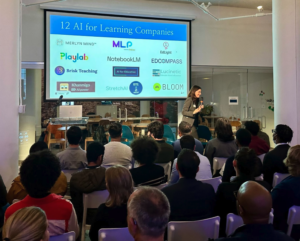
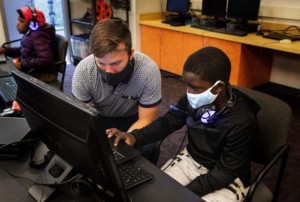
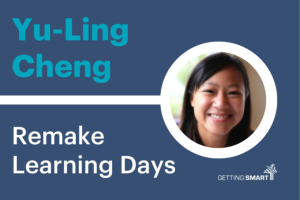
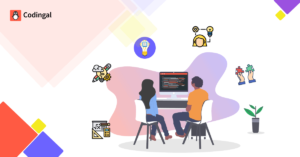
0 Comments
Leave a Comment
Your email address will not be published. All fields are required.